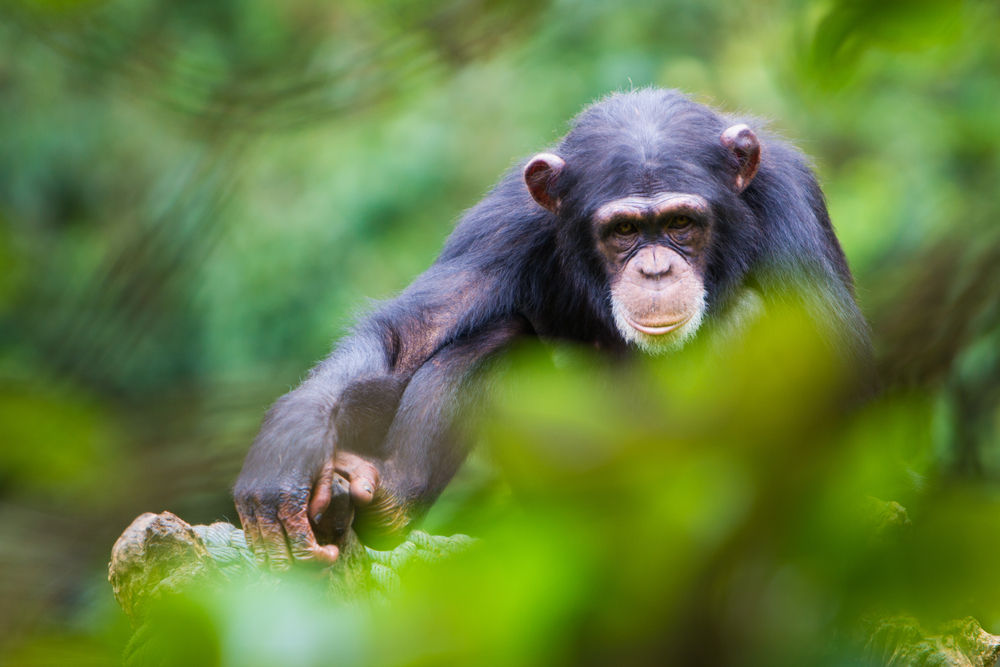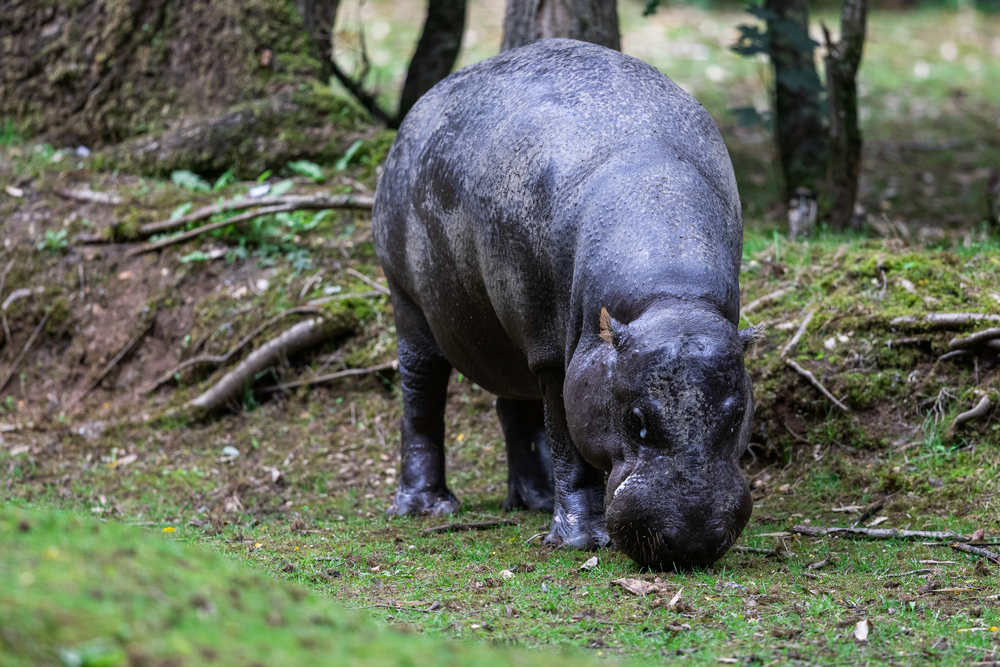Outamba-Kilimi Overview
Outamba-Kilimi National Park, known locally as Parc National d’Outamba-Kilimi, is a stunning protected area located in the northern region of Sierra Leone, near the border with Guinea. Covering approximately 1,110 square kilometers (428 square miles), the park is divided into two sections: Outamba to the south and Kilimi to the north. This remarkable park is celebrated for its picturesque landscapes, diverse wildlife, and cultural significance, offering visitors a unique glimpse into one of Sierra Leone’s most pristine natural habitats.
The park’s landscape features rolling hills, dense forests, open savannahs, and tranquil river systems that form a breathtaking mosaic of ecosystems. The Little Scarcies River, which flows through the park, creates serene riverbanks and wetlands that provide critical water sources for wildlife. While Outamba-Kilimi does not have towering mountains or grand waterfalls, its undulating hills and meandering rivers offer visitors peaceful and scenic views perfect for relaxation and exploration.
Outamba-Kilimi National Park is renowned for its rich wildlife, making it one of the top destinations for wildlife enthusiasts in Sierra Leone. The park is home to several primate species, including chimpanzees, colobus monkeys, and sooty mangabeys, which are frequently seen swinging through the trees or foraging in the forests. The pygmy hippopotamus, one of the park’s most iconic and elusive species, inhabits the park’s rivers and wetlands, though sightings are rare due to their shy and nocturnal nature.
Other notable wildlife includes forest elephants, buffaloes, and duikers, which roam the savannah and forest edges, while crocodiles and monitor lizards thrive in the park’s river systems. The park also boasts an impressive bird population, with over 260 recorded species. Birdwatchers can observe species such as the pied kingfisher, African fish eagle, and the striking Goliath heron along the rivers and wetlands, making it a rewarding destination for ornithology enthusiasts.
Conservation efforts at Outamba-Kilimi National Park have been vital in preserving its fragile ecosystems. Managed by Sierra Leone’s National Protected Area Authority (NPAA), the park’s primary goals include protecting endangered species, maintaining biodiversity, and preventing habitat degradation caused by human activity. Community involvement plays a significant role in the park’s management, with local residents engaged in eco-tourism initiatives and sustainable resource use to reduce deforestation and poaching.
Visitors to Outamba-Kilimi National Park can enjoy a variety of activities, including guided wildlife safaris, boat tours along the Little Scarcies River, and forest walks. Exploring the savannah and riverbanks offers opportunities to encounter wildlife in their natural habitats while immersing in the park’s peaceful beauty. The river tours are particularly popular, providing up-close views of hippos, crocodiles, and a variety of bird species.
In summary, Outamba-Kilimi National Park is a gem of northern Sierra Leone, offering a harmonious blend of savannah, forest, and wetlands. Its thriving wildlife, scenic landscapes, and ongoing conservation efforts make it a must-visit destination for eco-tourists and wildlife enthusiasts seeking to experience Sierra Leone’s natural heritage.











































































